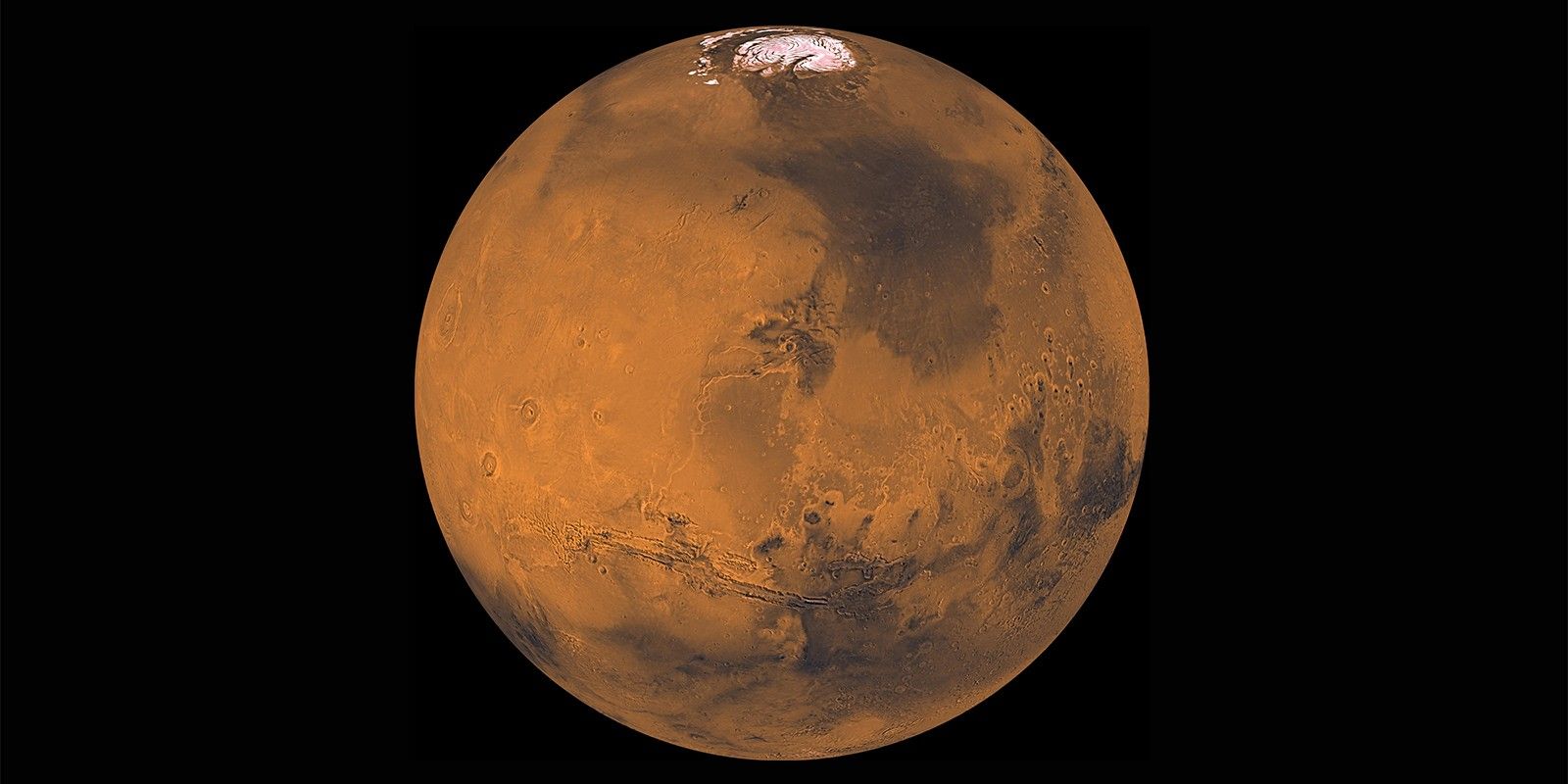NASA's Curiosity rover has discovered a type of carbon on Mars that is typically associated with biological processes on Earth. Back in 2018, the rover found organic molecules with carbon and hydrogen in rock samples on Mars, suggesting that the planet could have harbored life at some stage.
The atmosphere of the Red Planet is inhospitable for life currently, but there's much interest in whether it might have harbored life in the past. Probes have found the presence of frozen water and other evidence that suggests the planet could possibly have a life-supporting habitable environment.
Scientists have been studying rock samples collected by the Curiosity rover, and some of the samples have led to the discovery of a type of carbon that's generally associated with biological processes that would indicate the presence of life. According to new research, the carbon signatures on Mars could have been created by a variety of processes, including biological. However, since the conclusions are partly based on carbon signatures of Earth, the researchers who wrote the paper admit that their theories may not accurately represent the situation on Mars.
Ancient Bacteria Behind The Carbon Signature?
One of the theories put forward by the study suggests that ancient bacteria on Mars is behind the unique carbon signature, while two other theories are non-biological. One such hypothesis speculates that the carbon was created by the interaction of ultraviolet light with carbon dioxide gas, while the other suggests that the carbon could have been deposited on Mars millions of years ago when the solar system passed through a giant carbon-rich molecular cloud.
As mentioned earlier, scientists also discovered organic molecules in three-billion-year-old rock samples on Mars. As explained by NASA, organic molecules contain carbon and hydrogen and are generally associated with living organisms. However, they can also be created by non-biological processes, which means the presence of organic molecules alone doesn't necessarily suggest that Mars was home to life at any stage. For that, the source of the organic molecules has to be identified, something that scientists have not been able to do so far.
Despite some circumstantial evidence that points at the presence of ancient life, scientists say that they're still trying to figure out the sources of the carbon signature before saying anything conclusively. According to Paul Mahaffy, who served as the principal investigator of the Sample Analysis at Mars (SAM) chemistry lab aboard Curiosity until December 2021, the findings thus far have been "tantalizingly interesting," but more research needs to be done. Mahaffy added that the researchers are still studying the samples and trying to eliminate all other possible causes of the carbon signature on Mars before announcing the presence of ancient alien life with certainty.


